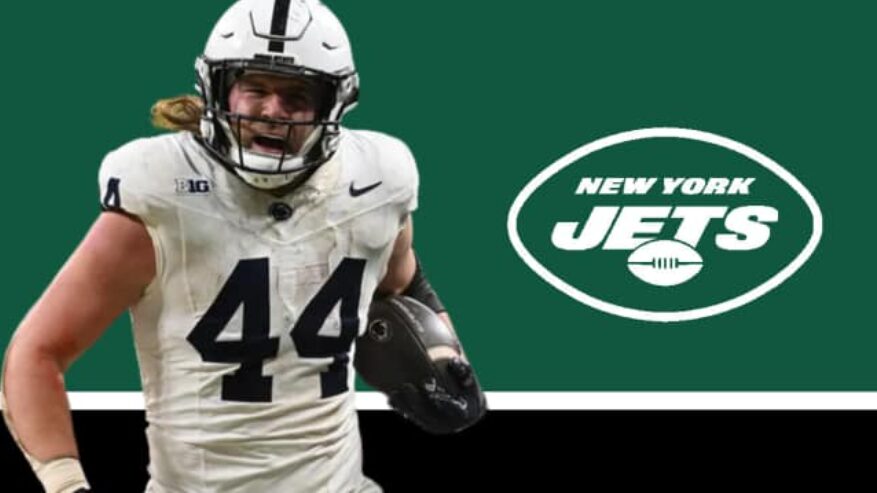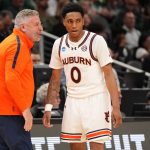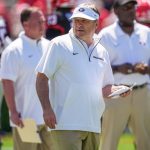MAJOR REVELATION: New York Jets Hit with Sensational Update
With the NFL Draft just over a week away, speculation is swirling around the New York Jets as they prepare to add the next wave of talent to their roster. The Jets have made strong picks in recent drafts, landing early-round stars like Sauce Gardner, Breece Hall, Garrett Wilson, Jermaine Johnson, Quinnen Williams, and Olu Fashanu. But with a new regime in place—first-year head coach Aaron Glenn and newly appointed general manager Darren Moushey—the franchise is charting a new course as it prepares to make the No. 7 overall selection, assuming they don’t trade out of the spot.
As part of their pre-draft process, the Jets have held meetings with several top prospects. NFL Network’s Ian Rapoport reported Monday that the team is set to host Michigan defensive lineman Mason Graham on Tuesday and has already spent significant time with him during the draft cycle. “Michigan DL Mason Graham, one of this Draft’s elite prospects, is visiting the Jets tomorrow, source said,” Rapoport posted on X. “NYJ has spent a considerable amount of time with Graham, including a formal Combine interview, dinner before his Pro Day, and now a Top 30 visit.”
Graham is widely considered one of the top prospects in this year’s class. ESPN ranks him as the No. 3 overall player, trailing only Abdul Carter (Penn State) and Travis Hunter (Colorado), and just ahead of Cam Ward (Miami), a projected top pick. Among the Jets’ key targets, Graham appears to be their highest-priority option, although they’ve also been linked to Missouri’s Armand Membou and Penn State tight end Tyler Warren.
ESPN’s Steve Muench praised Graham’s all-around ability, especially his run-stopping skills: “Graham led Michigan’s defensive linemen with 45 tackles in 2024. He does a great job stacking blockers, locating the ball, and disengaging in time to make plays. He’s stout, can hold his ground against double-teams, and wins with power off the edge. He also reads quarterbacks well and gets his hands up in passing lanes.”
With the draft quickly approaching, all eyes are on how Glenn and Moushey will shape the Jets’ next chapter—starting with what could be a franchise-defining pick at No. 7.



No Comment! Be the first one.